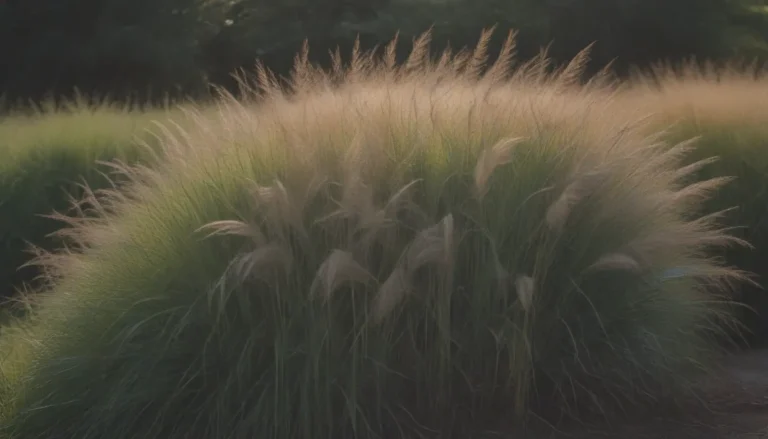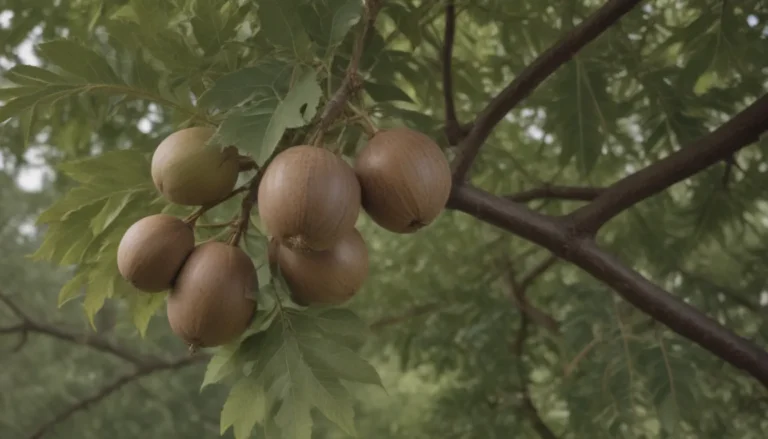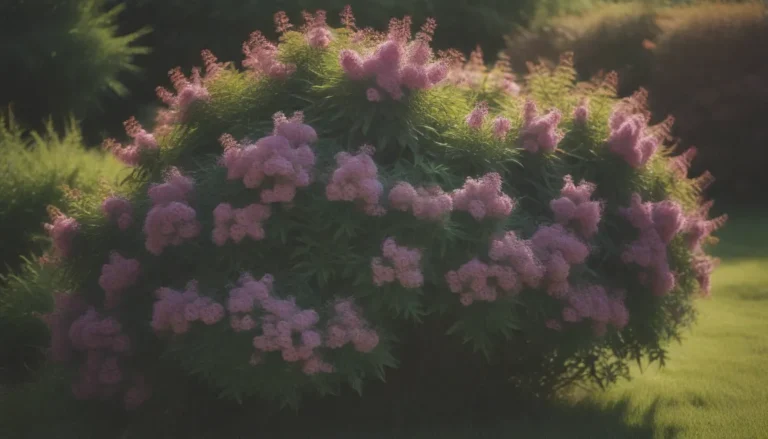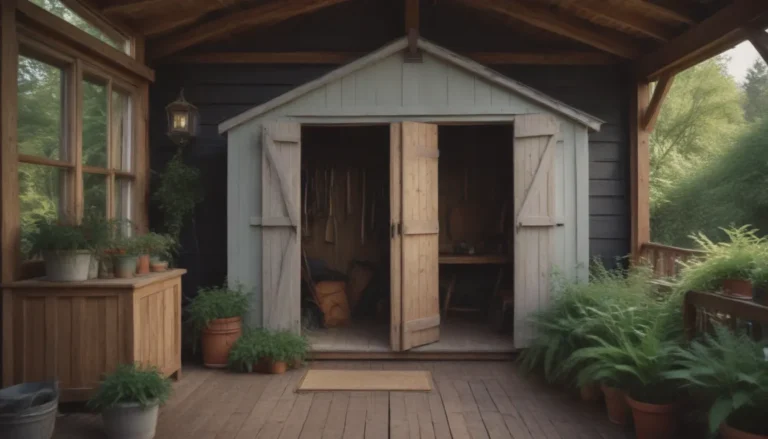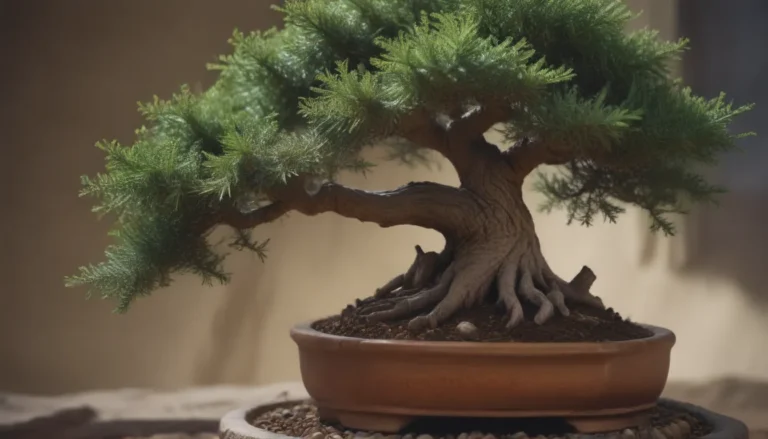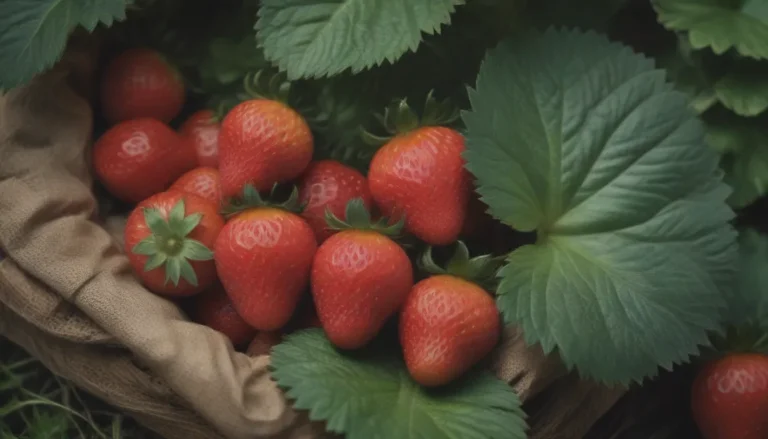Everything You Need to Know About Growing Matilija Poppies
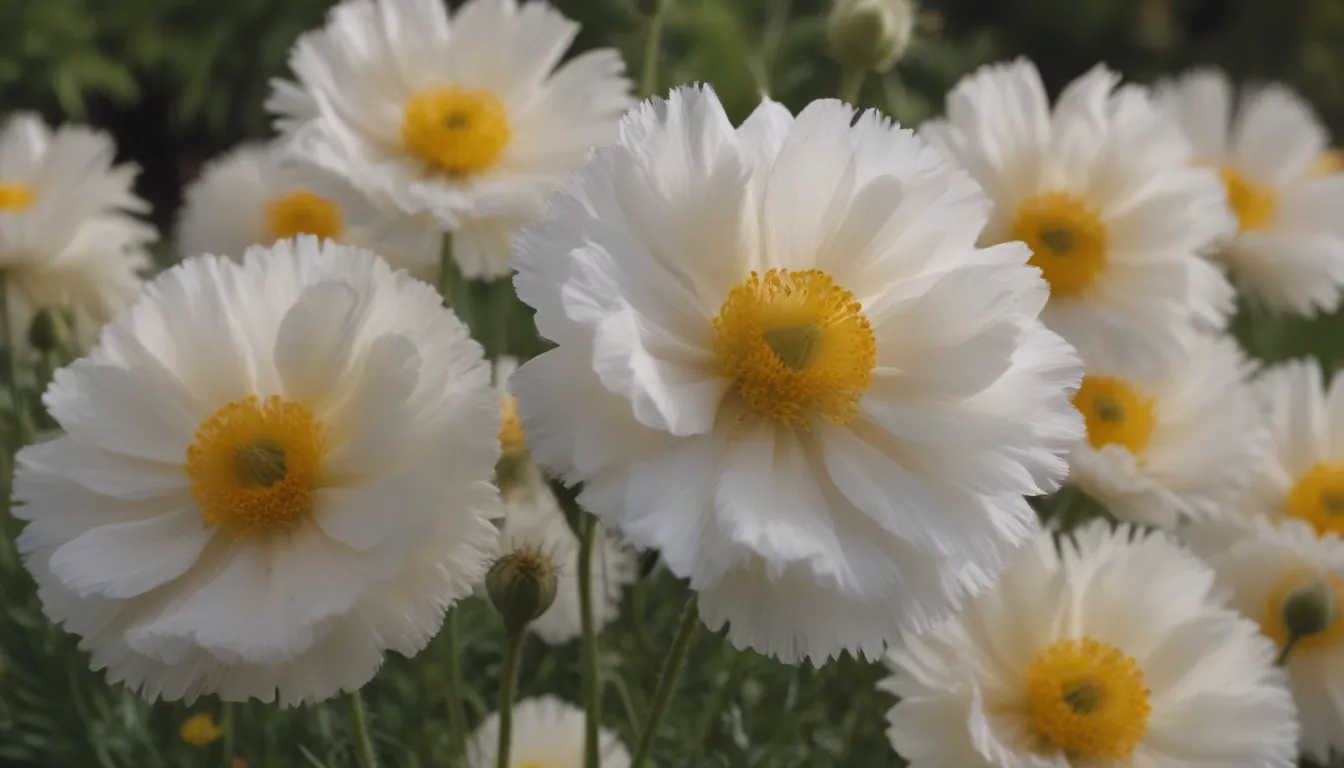
Are you looking to add a touch of beauty and elegance to your garden? The Matilija Poppy, also known as the tree poppy, might be just what you need. A native to California and northern Mexico, this stunning flower is a sight to behold with its large white petals and bright yellow stamens. In this comprehensive guide, we will walk you through everything you need to know about growing and caring for Matilija poppies.
The Beauty of Matilija Poppies
The Matilija Poppy, scientifically known as Romneya coulteri, is not your average flower. Named after Dr. Thomas Coulter, the botanist who first discovered it, this unique plant has a ball-shaped center surrounded by six delicate, crepe-like petals. Its resemblance to a fried egg has earned it the nickname “fried egg flower.” Standing between six and nine feet tall, this majestic flower thrives in dry, sunny climates and can be found in the wild among the rugged landscapes of southern California.
Growing Matilija Poppies
While the Matilija Poppy is a stunning addition to any garden, it is essential to understand its growing requirements to ensure its success. Here are some important tips for growing Matilija poppies:
Soil
Matilija poppies prefer dry, sandy soil with good drainage. If you have clay soil, consider amending it to improve drainage. This plant is quite tolerant of different soil conditions but thrives best in arid environments.
Light
For optimal growth and flowering, Matilija poppies need full sun exposure. While they can tolerate some shade, their brilliant yellow centers shine brightest in full sunlight.
Water
Mimic the natural desert watering conditions by providing occasional deep waterings. Water your Matilija poppies once a week, allowing the soil to dry out slightly between waterings. Be cautious not to overwater, as this can lead to leaf discoloration and premature flower petal drop.
Temperature and Humidity
Matilija poppies thrive in warm, dry conditions. They are best suited for USDA hardiness zones 8 to 10. If you reside in a slightly cooler zone, you can try overwintering them with heavy mulching.
Matilija Poppy Care Tips
Taking care of Matilija poppies requires some attention to detail to ensure they thrive in your garden. Here are some essential care tips for these stunning plants:
- Space: Matilija poppies need ample space to spread out, so ensure you have enough room in your garden beds.
- Invasiveness: These plants can be invasive once established, so consider planting them in containers to contain their growth.
- Transplanting: Be gentle when transplanting nursery plants to avoid damaging the delicate roots.
Common Pests and Diseases
While Matilija poppies are generally resistant to pests and diseases, they can occasionally encounter powdery mildew or caterpillars. Here’s how to deal with these common issues:
- Powdery Mildew: Treat powdery mildew with neem oil, a natural remedy that can help eliminate the fungal infection.
- Caterpillars: If caterpillars are feasting on your Matilija poppies, use a Bacillus thuringiensis spray to control the infestation without harming the plant.
Fun Facts About Matilija Poppies
- Did you know that the Matilija Poppy was once a contender for the state flower of California in 1890? It lost to the California poppy, which is much smaller but comes in a variety of colors.
- Matilija poppies can naturalize in the right conditions, spreading through rhizomes to create a stunning display in your garden.
With the right care and attention, Matilija poppies can be a striking addition to your garden. Their unique beauty and resilience make them a favorite among gardeners looking to add a touch of elegance to their outdoor space. So why not give these stunning flowers a try and watch them bloom and thrive in your garden?
